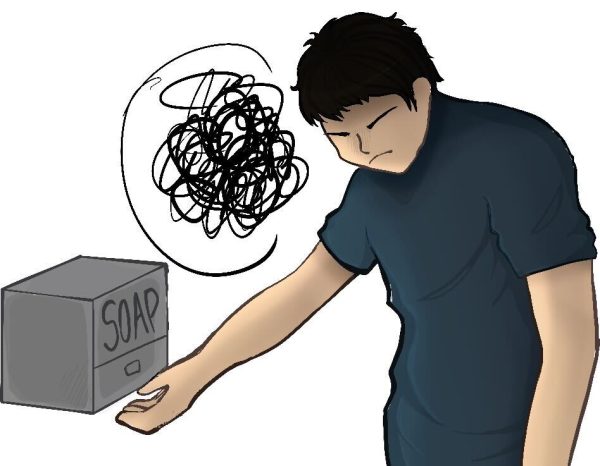Editorial: The mess of ‘Run, Hide Defend’
In case of an emergency, we are all unprepared
“It’s just like tying your shoe,” School Resource Officer Tom Bond said, “the more you practice [‘Run, Hide, Defend’ drills], the more comfortable you become.” The problem is that students don’t have enough practice.
If an active shooter attacked our campus at any time during the school day, most students would not know what to do.
Yes, students have been practicing safety drills for years, but a lack of knowledge and respect for procedures puts students and staff in danger during a real emergency situation.
There’s only so much law enforcement can do to prepare students and staff for active shooters. Santa Clara Sheriff’s Deputy Tom Bond and the rest of the School Resource Department provide training for all district office staff over the summer.
But the School Resource Department waited to train teachers on campus until late October, which is far too late in the school year. An active shooter could potentially attack campus on the first day of school. If new staff and students, especially freshmen, aren’t trained by the department in the early months of the school year, they won’t be adequately prepared to protect themselves and those around them.
The presentations on “Run, Hide, Defend” are beneficial, but the Sheriff’s department should train campus staff over the summer, during the professional development meetings. While current regulations designate these meetings be for curriculum development only, it is imperative that staff is instructed on proper protocol in emergency situations, rather than in staff meetings that are much easier to miss.
The FUHSD administration has taken a positive step by regulating the ways to secure classroom doors. The administration has standardized safety mechanisms for classrooms by purchasing two-by-four wooden planks and vise grips for every classroom to block entry.
But these devices are useless if students don’t know how to use them. Teacher training is important, but student training is equally vital.
It takes copious amounts of manpower for law enforcement to schedule lockdown drills – the county sheriff’s office needs to make sure they have an adequate number of patrol officers on the streets, have enough officers for the drill and make sure the proposed day of the drill is convenient for the school.
When teachers hold lockdown practice should not depend on whether or not the administration has scheduled a lockdown drill. If teachers care about the lives of their students, they should hold their own drills in each period. Just as zero-tolerance and academic honesty is mandatory for the school to cover by a certain time, so should the “Run, Hide, Defend” procedures.
The best time for teachers to practice lockdowns is during mandatory tutorials in the first weeks of school. Every teacher should explain their procedures for each period to ensure students are prepared and informed.
Every student should know how to make a barricade for each of their classrooms. They should be able to use the security mechanisms to lock the door as well as know the location of the devices.
Teachers usually use mandatory tutorials to go over the class syllabus, but at a time when school shootings are an increasing risk, establishing a plan for student safety should be a greater priority for teachers during that time. Surely 30 minutes of class time can be spared to cover emergencies. Student safety is far more important than course information.
If teachers are not providing students with this information, it is in the best interest of the students to find out for themselves. After all, it is their lives on the line.











